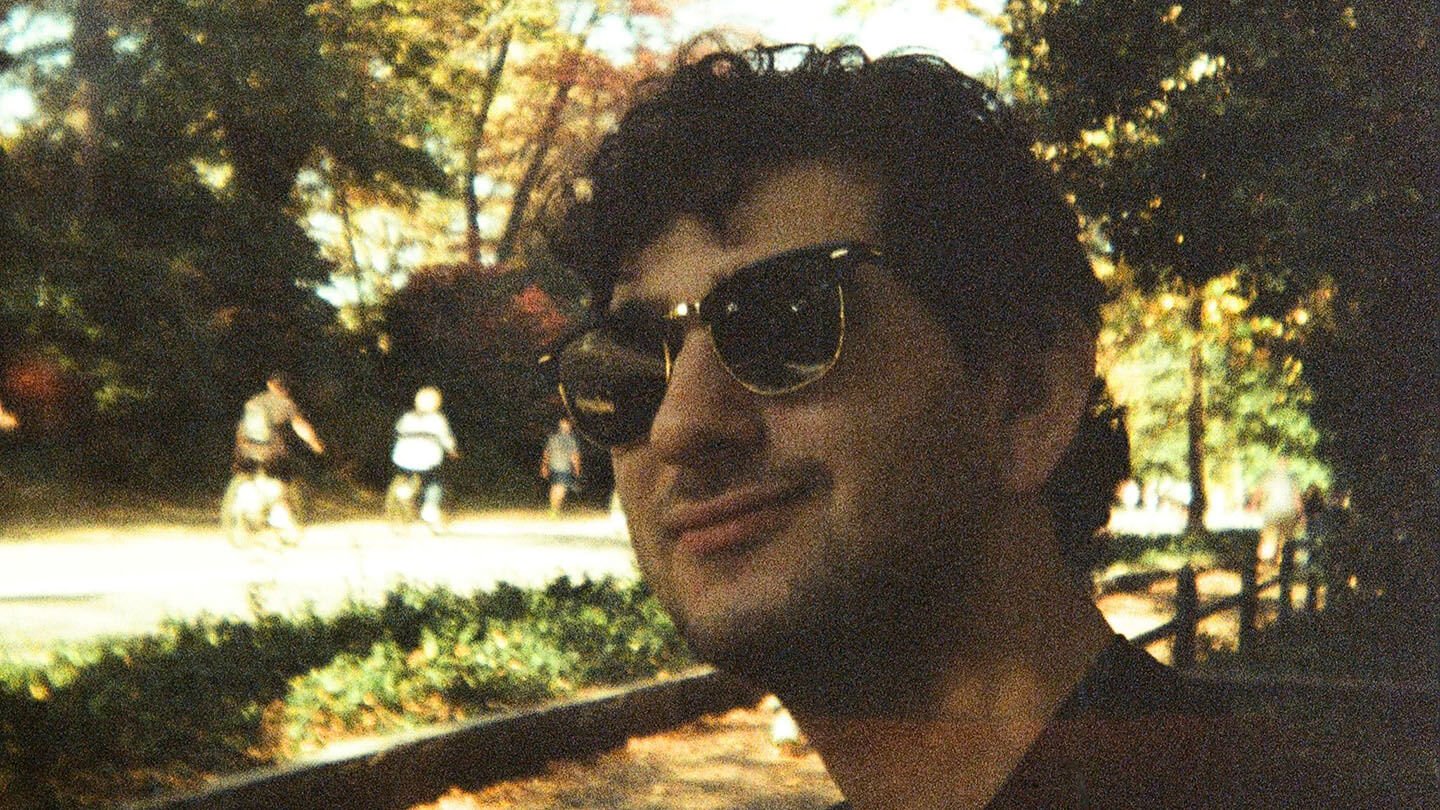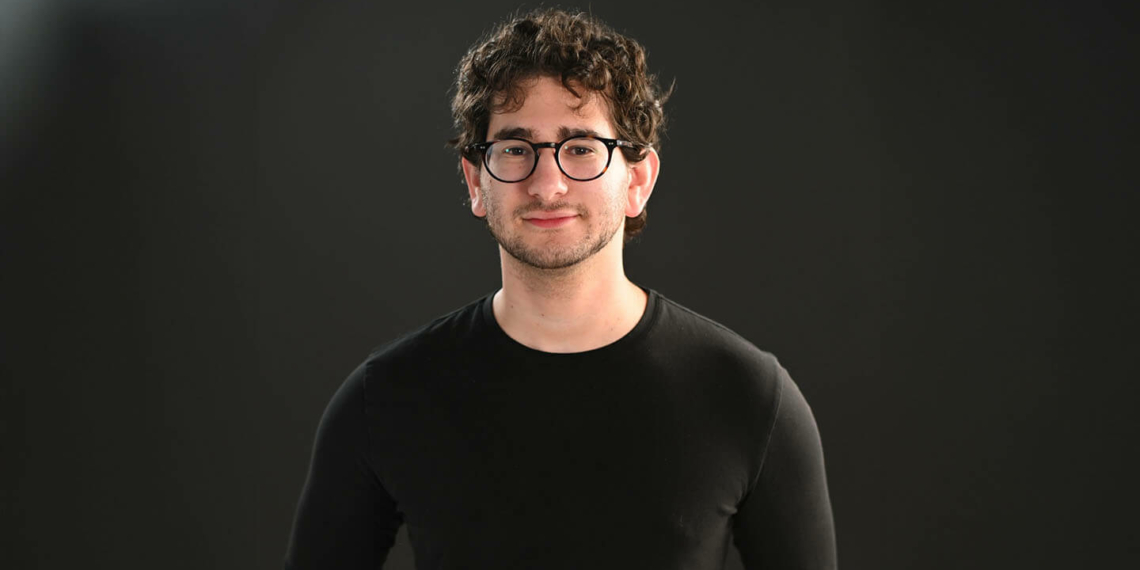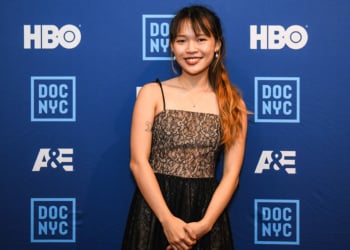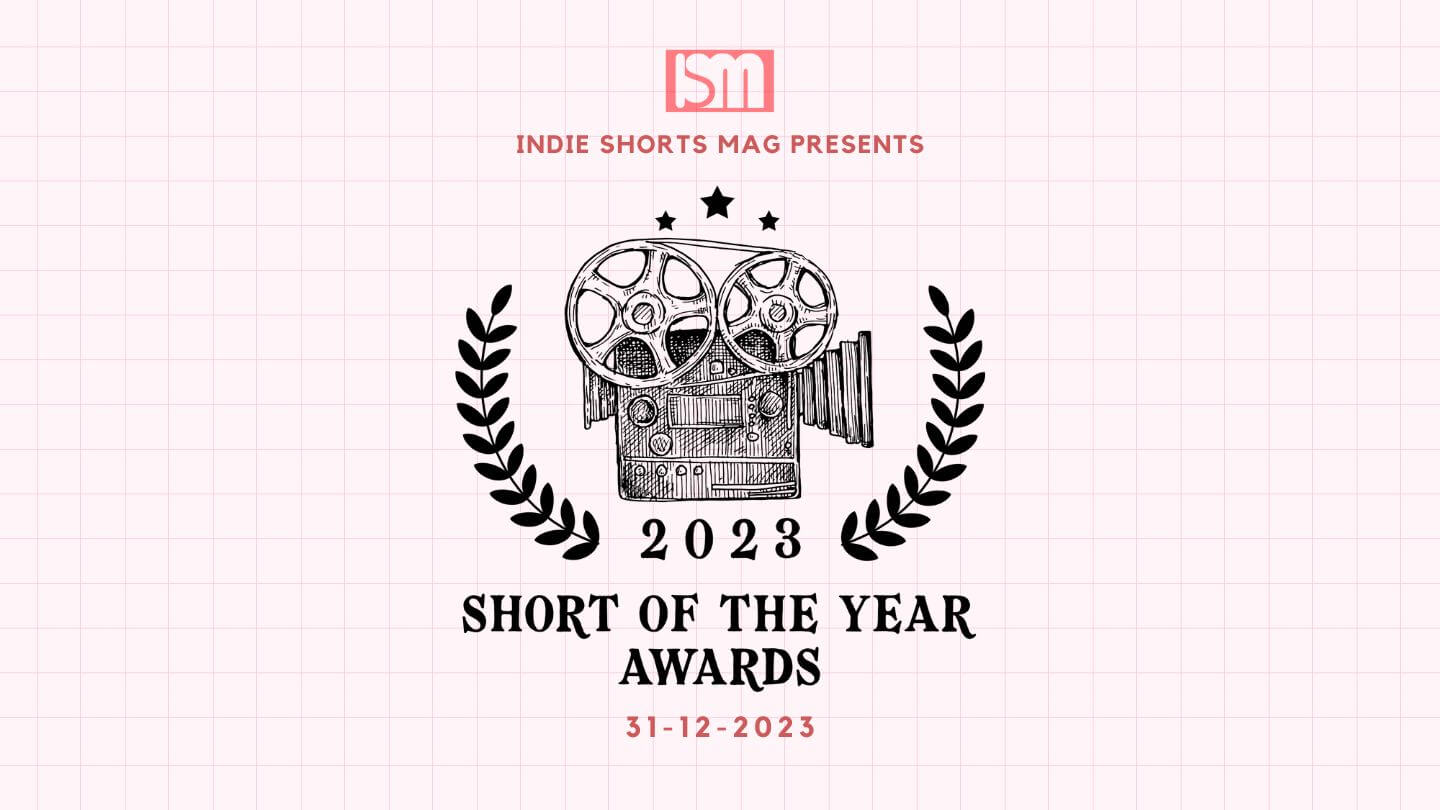In the ever-evolving world of independent cinema, Jeremy Max stands out for his unique ability to blend emotional depth with elements of absurdism and surrealism. A New York-based director, producer, and writer, Max is a graduate of NYU Tisch School of the Arts and has seen his films showcased at notable festivals such as the Tokyo International Film Festival and Big Apple Film Festival. In this exclusive interview with Indie Shorts Mag, Max delves into his creative process, the inspiration behind his acclaimed film Dream Girl, and his latest project, The Second Oldest Man Alive. We explore how his experiences and collaborations shape his distinctive storytelling style, offering our readers a closer look at the man behind the camera.
Indie Shorts Mag: From NYC to the international stage, your films have resonated with audiences everywhere. How did your time at NYU Tisch School of the Arts shape your voice as a director, and what key lessons from those formative years do you continue to apply?
Jeremy Max: Attending NYU was an incredibly unique experience. Walking the same hallways as some of the greatest living filmmakers felt surreal. However, the most transformative part of my time there was the relationships I built. Through those connections, I was introduced to work that deeply inspired me and shaped my creative voice. I’ve come to realize that inspiration can be found everywhere—every idea or piece of work you consume has the potential to ignite a spark and influence what you create.
Indie Shorts Mag: Your work often centers on characters navigating identity crises, blending emotional depth with elements of absurdism and surrealism. How do you strike a balance between these intricate themes while keeping the narrative relatable to audiences?
Jeremy Max: The human experience is universal. Everyone faces personal crises to varying degrees. For me, crafting a narrative begins with capturing a tone or mood, exploring the protagonist’s struggle, and finding a compelling way to tell that story. Audiences connect deeply with themes like identity, the desire for recognition and validation, or grappling with self-doubt. These are profoundly human and relatable experiences.
Indie Shorts Mag: Dream Girl has been lauded for its layered approach to relationships and human dynamics. What inspired you to tell a story about fidelity and commitment in such a unique, psychological thriller format?
Jeremy Max: The inspiration for Dream Girl stemmed from a mix of Seconds, After Hours, and the TV show High Maintenance. Combining the sci-fi edge of Seconds, the absurdist comedy of After Hours, and the grounded realism of High Maintenance was an ambitious goal. What ties these works together, however, is their focus on interpersonal relationships and, in the case of Seconds, the unsettling environments those relationships navigate.
Ryan Delouya, who wrote the script, built the story around our tendency to seek experiences that disrupt the monotony of everyday life. For Ben, the protagonist, this takes the form of a carefully imagined romantic encounter with Lisa. However, the night unfolds in ways that starkly contrast his expectations, turning his fantasy into a more complex and psychological exploration.

Indie Shorts Mag: In Dream Girl, you utilized a cyclic narrative style to great effect. What drives your choice of narrative structures, and how do they influence the impact of your storytelling?
Jeremy Max: I once heard James Mangold say that films are all about arrivals and departures, and that idea resonated deeply with me. In this sense, the way we arc the story is subtle yet powerful. We begin and end with the same image, but the transformation lies in Ben’s perception of his life. This shift is conveyed through his body language and how he engages with Jane’s mundane story at the end—what once felt ordinary now holds deeper meaning. It’s like a sandwich: the core of the story is the filling, but the top and bottom slices of bread hold it together, creating a cohesive narrative that resonates without being overly explicit or expository.
Indie Shorts Mag: With The Second Oldest Man Alive currently in post-production, could you give us a sneak peek into its themes and what viewers can expect? What was it like working with industry veterans like Gerry Bamman and Christina Rouner?
Jeremy Max: The Second Oldest Man Alive explores the journey of a 113-Year-Old-Man determined to create a legacy for himself before his time runs out. What begins as an earnest, folksy drama gradually unravels into something grungy, raw, and psychological, all while maintaining an undercurrent of absurdism. It’s a soulful and deeply resonant film that taps into the universal human struggle, reflecting on our shared desire for meaning and impact.
Working with Gerry Bamman and Christina Rouner was an extraordinary experience. I’m a big prep guy. I love having the time to work out the kinks and minutiae of a story and its characters before walking onto set. Working with the two of them, however, made my job so much easier. They fundamentally understood what the story was trying to achieve and how their performances and characters functioned as important drivers for the larger narrative. Both delivered exceptional performances, and you melt away into their portrayals from the moment the picture is up.
Indie Shorts Mag: Your films have been supported by notable initiatives like the Panavision New Filmmaker Grant. How has securing such support shaped the creative and technical aspects of your projects?
Jeremy Max: I have nothing but gratitude for the Panavision team for their support of The Second Oldest Man Alive. Their belief in our film gave us the early validation we needed to keep going as we worked to create a product they could be proud to have supported. From start to finish, they were amazing collaborators, and I wouldn’t hesitate to work with them again if given the chance.
They provided a specific lens for our project that created an almost out-of-body experience during one pivotal scene in the film. This lens added a specular quality to the visuals, allowing us to peer into the protagonist’s mind in a deeply subjective way. Without it, we would have needed a creative workaround to achieve the same effect. And that’s just scratching the surface of the incredible camera rig they provided—it truly elevated our storytelling.
Indie Shorts Mag: Festivals like the Tokyo International Film Festival and Big Apple Film Festival have showcased your work. How important is the festival circuit in amplifying the reach of your films, and what advice would you give emerging filmmakers aiming for such platforms?
Jeremy Max: I see film festivals as the frontline for introducing your work to the world. As you navigate the circuit, you not only showcase your film but also build meaningful relationships, expand your network, and connect with contemporaries who share your goals. Festivals serve as vibrant hubs and vital centers for the film community.
The landscape is quite different for shorts, which exist in an ever-evolving space. My advice is to thoroughly research festivals and, if possible, volunteer at a few to gain insight into how they operate. While they may seem like massive machines, when you pull back the curtain, you’ll find they’re driven by a simple mission: to showcase the best work that fits their specific program. If your film is rejected, it doesn’t necessarily mean it wasn’t good enough. It just might mean it wasn’t right for that particular program.
Indie Shorts Mag: Your stories delve deep into the human condition, exploring identity, choices, and transformation. How do your personal experiences influence the themes you explore? And how do you ensure your audience connects with these layers emotionally?
Jeremy Max: In today’s age, where information gathering happens at lightning speed, I find it hard to ignore how successful people are at a young age—content creators, influencers, and others making work for highly engaged audiences. That’s been my everyday goal, and while I believe that if I keep creating, it will happen, there’s definitely a frustration in not quite being there yet.
I think this struggle with personal identity has naturally found its way into my work. Presenting these themes, whether earnestly or absurdly, resonates with an audience as long as the idea itself is digestible. All I can do is ensure I’ve used every resource possible to elevate the storytelling in a way that hooks the audience. It all starts and ends with the script though. If the material is strong, it will work.
To answer the question more directly, I’ve faced personal and professional setbacks along the way that have shaped my life. In a sense, I think it’s a blessing in disguise that it’s taking a bit longer to find that success I yearn for. The older I get, the more I feel differently about the world and my relationships, which helps shape a new voice in my stories.
Indie Shorts Mag: Dream Girl uses suspense, cinematography, and music effectively to elevate its storytelling. Could you discuss how collaborative elements like editing, lighting, and score come together in your creative process?
Jeremy Max: For Jake Horgan, our cinematographer, we spent countless hours discussing how to shape the tone and mood of the film visually. We considered empty, absent frames with characters placed in the corners to create a unique storytelling approach. We also leaned into the natural hues the spaces provided. For the scenes with Lisa, the room was bathed in a purple glow, which we embraced to give it an offbeat feel. Looking back, I wish we had used more camera movement and synchronized choreography with the camera. Every time we got off the sticks, I felt incredibly immersed in the film, but the locked-off shots sometimes felt a bit stiff, especially since the blocking was rather simple. It’s all part of the learning process, though, and I’ve seen the evolution of my blocking and camera placement choices since Dream Girl.
As for Grady Tesch, our composer, we iterated hundreds of times to find the right musical choices. What you hear in the film was the result of a tireless process to elevate what was already shot and edited. We wanted the music to have a distinct, singular feeling. Something you could grasp within the first few notes and hum out loud. It’s meant to feel ethereal, fantastical, and at times utterly absurd and raucous.
Indie Shorts Mag: Finally, what are your long-term aspirations as a filmmaker? Do you see your future projects exploring new genres, or will you continue your signature blend of cathartic, emotionally resonant narratives?
Jeremy Max: I’m hoping to continue getting the opportunity to create meaningful work. I’m in the early stages of a new short film and hope to parlay these projects to get a feature off the ground, which I’ve been brainstorming ideas for. My goal is to keep developing my voice as a filmmaker. I’m particularly interested in working in horror, as it’s a genre that allows for the exploration of personal and dreadful themes in visually and tonally interesting ways.
As Jeremy Max continues to carve out his niche in the film industry, it’s clear that his devotion to crafting emotionally resonant narratives will keep audiences captivated. From grappling with identity crises to exploring the absurdities of the human condition, his work resonates on multiple levels. With The Second Oldest Man Alive on the horizon and new projects in development, the future looks promising for this visionary filmmaker. Stay tuned for more updates and insights as we follow Jeremy Max’s journey, one film at a time.















